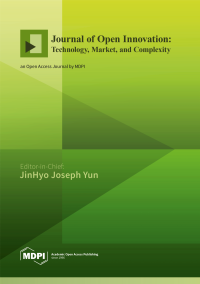The convergence of information technology, media, and telecommunications has altered consumer behavior in terms of searching, obtaining, processing, and responding to a company’s information or services. The ability of a company to plan, implement, and manage digital marketing to increase its competitiveness in
[...] Read more.
The convergence of information technology, media, and telecommunications has altered consumer behavior in terms of searching, obtaining, processing, and responding to a company’s information or services. The ability of a company to plan, implement, and manage digital marketing to increase its competitiveness in the eyes of consumers is referred to as digital marketing capability. This research presents a digital marketing utilization index (
DMUI) to evaluate and improve a company’s digital marketing capability.
DMUI is made up of three components: the innovation ecosystem readiness, the adoption of digital marketing technology, and the company’s digital transformation. Based on data from 217 companies in Indonesia, the results show that the
DMUI of companies in Indonesia has an average of 71.97, indicating that the level of digital marketing capabilities of companies in Indonesia is in the medium category. They can improve their digital marketing capabilities by increasing the role of managerial innovativeness, organizational readiness, and perceived usefulness. Furthermore, businesses must carry out digital transformation by governing the transformation and reinvention of new business models. Finally, in addition to implementing digital marketing via websites, social media, mobile marketing, and content marketing, they must emphasize the importance of digital analytics, digital CRM, digital advertising, and display advertising to improve their company’s digital marketing capabilities.
Full article



